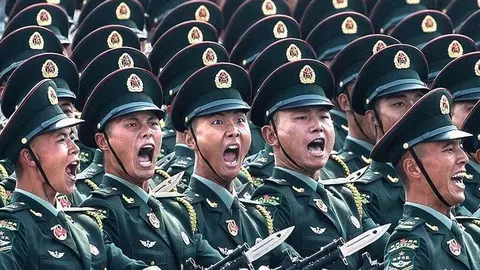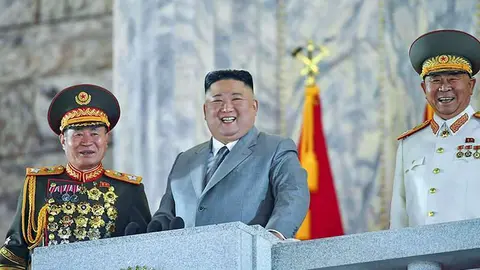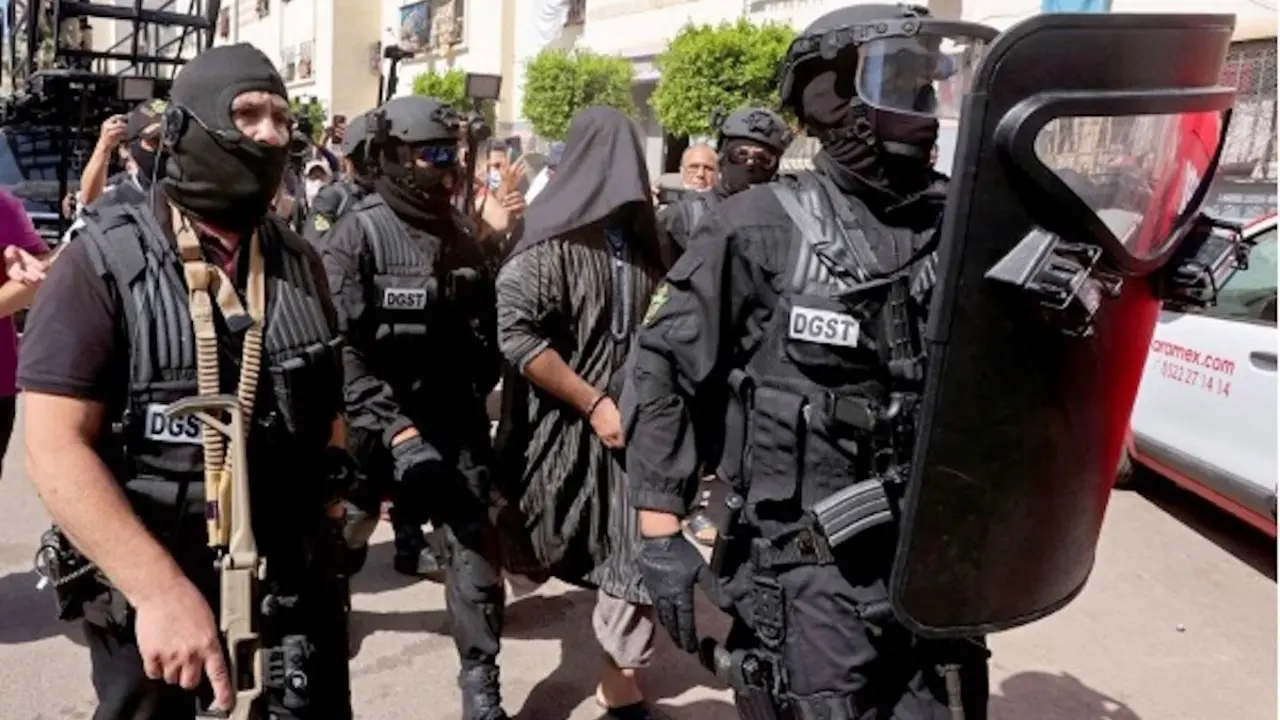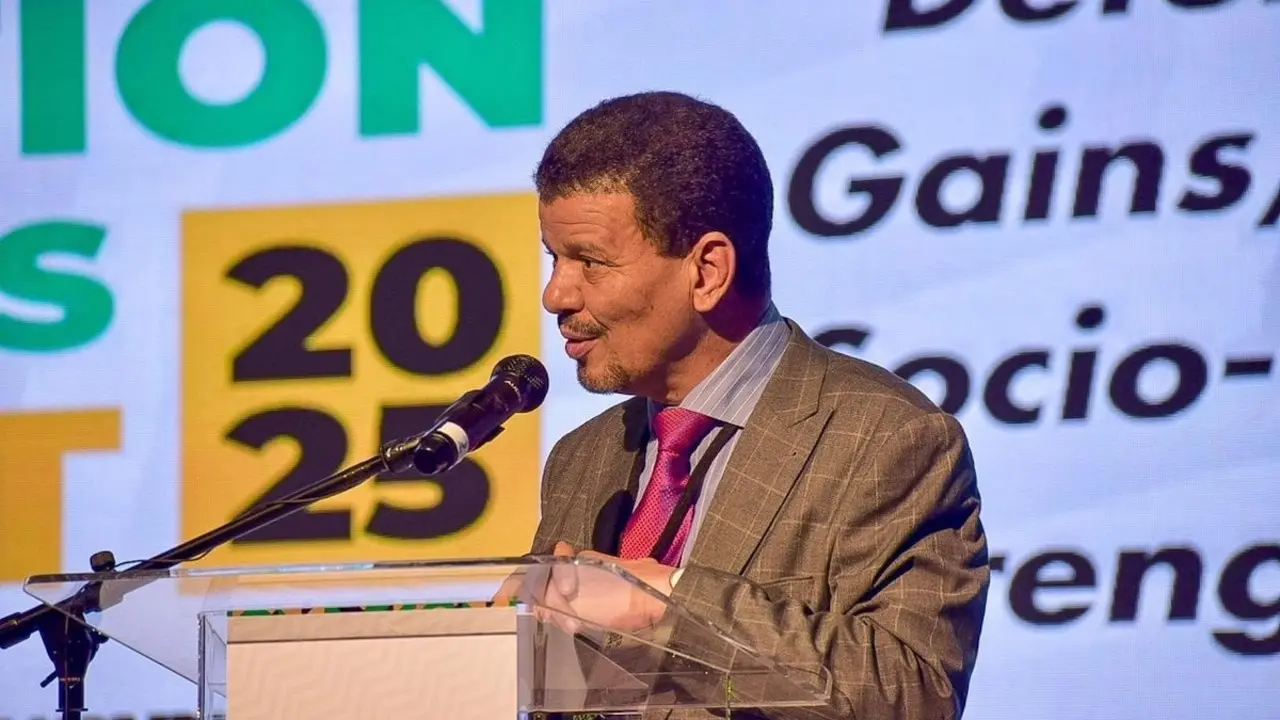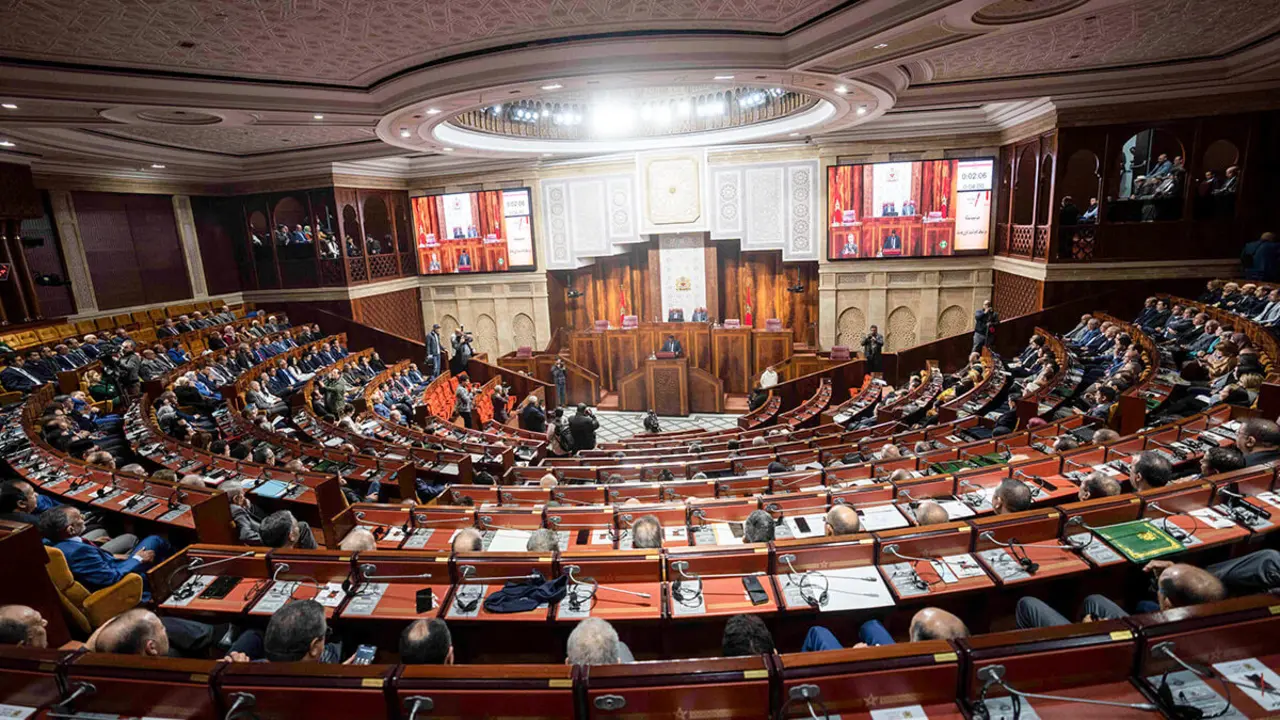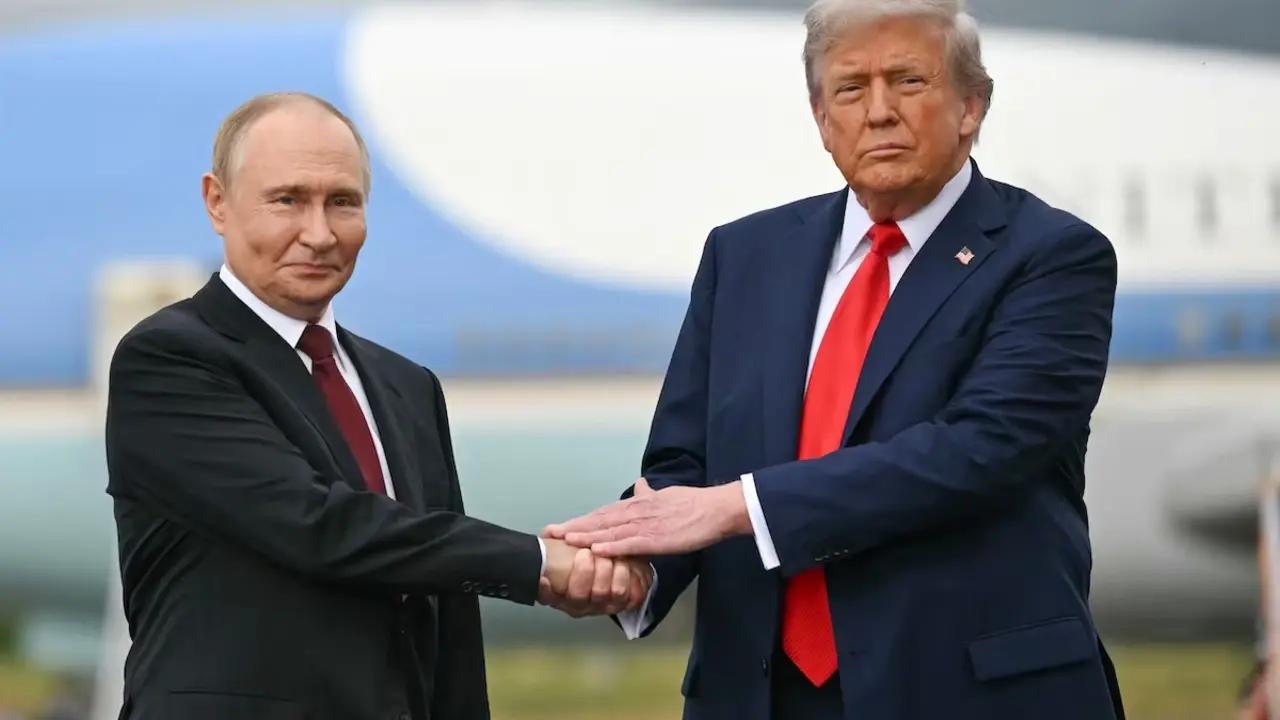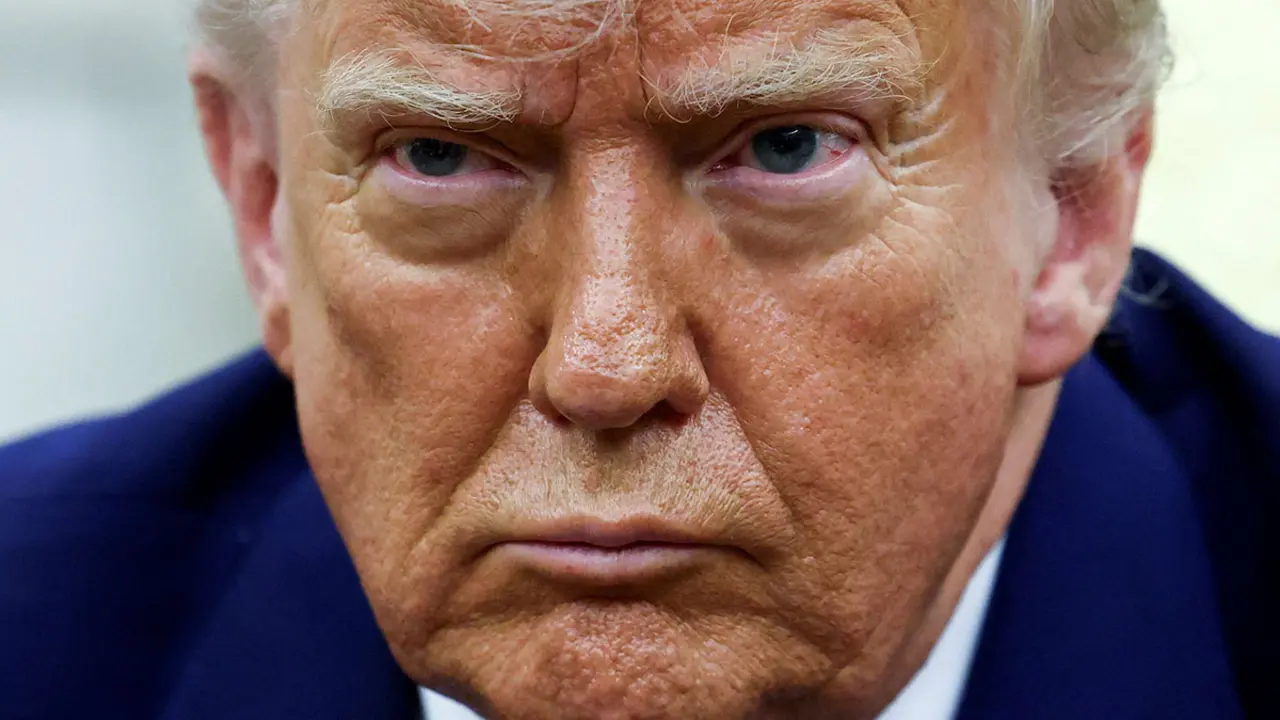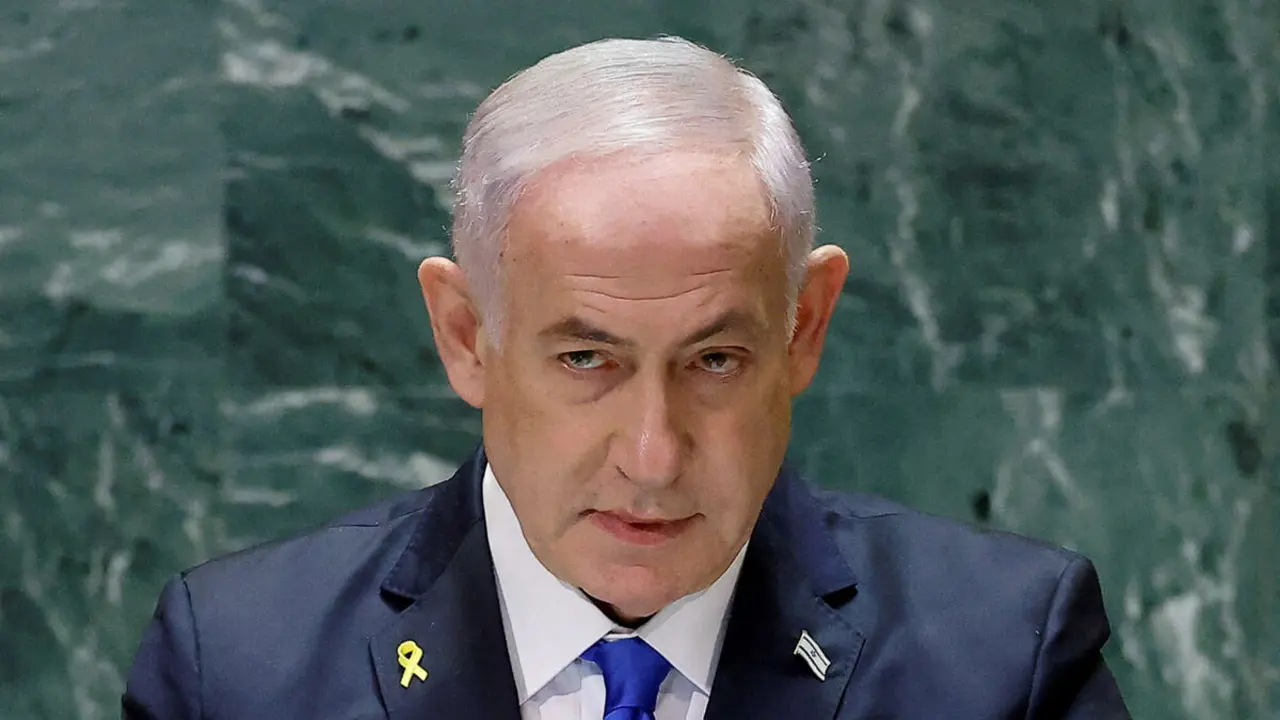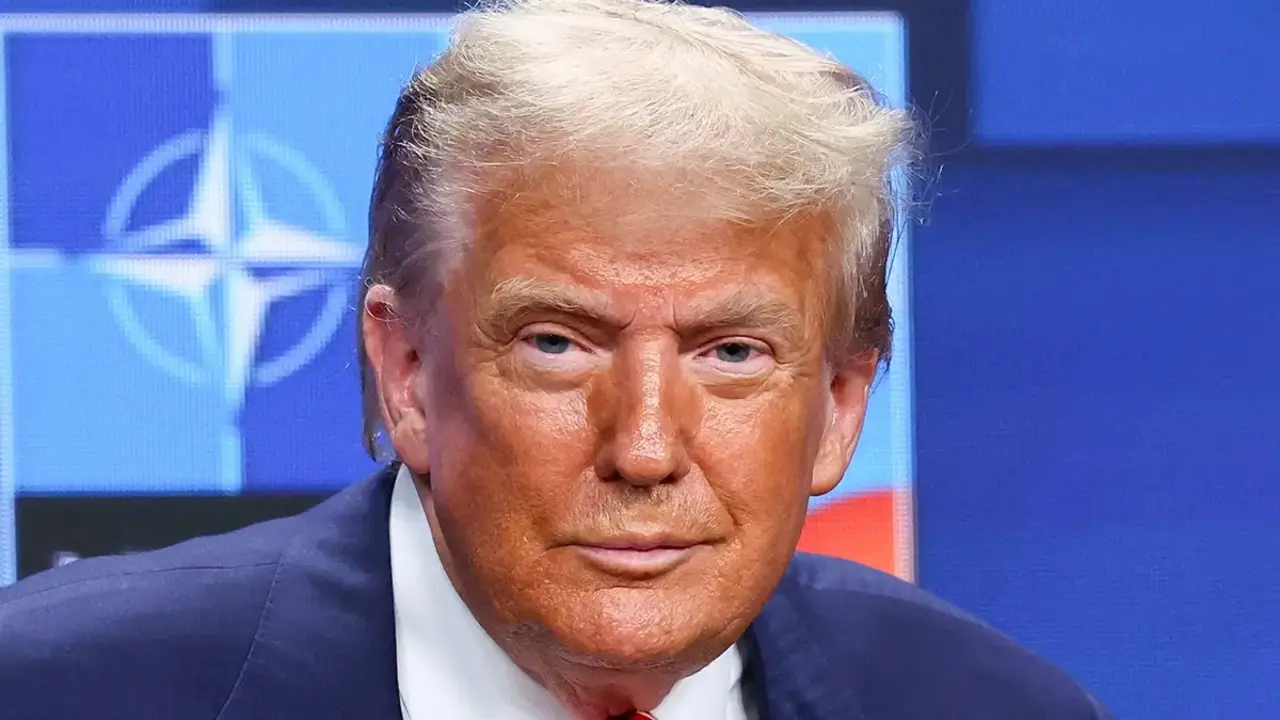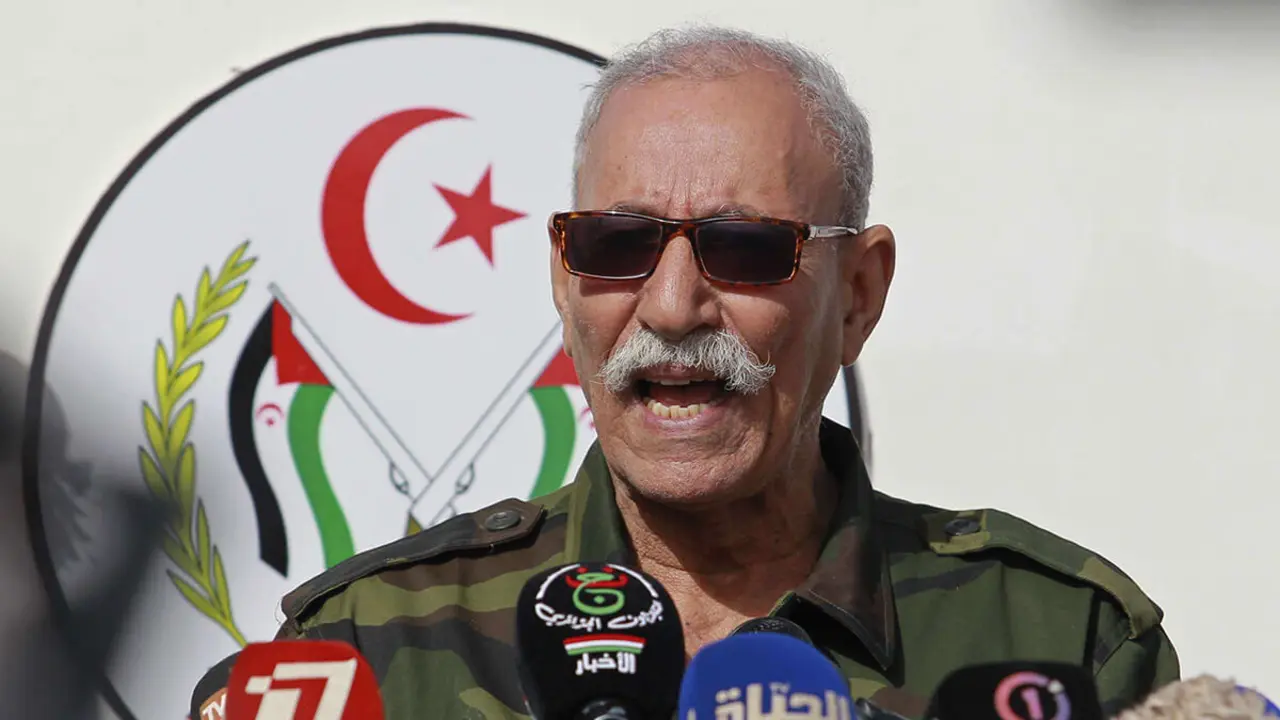Biden creates a triple alliance with Japan and South Korea to counterbalance Kim Jong-un's warmongering bluster

The United States has managed to wrest an important set of strategic commitments from Japan and Korea, its two most faithful and powerful economic, technological and military allies in East Asia.
President Joe Biden has held a very important summit with the Prime Minister of Japan, Fumio Kishida, and the President of South Korea, Yoon Suk-yeol, which lays the foundations for a triple alliance between Washington, Tokyo and Seoul.

Signed on August 18 at Camp David, the main presidential residence for the White House tenants, the initiative dubbed “the spirit of Camp David” is led by the US State Department headed by Antony Blinken, 61, a veteran professional of international relations and national security affairs.
The joint declaration of the summit defines the trilateral agreement as the inauguration of a “new era” whose purpose is “to promote security and prosperity in the Indo-Pacific region.” The pact was forged after numerous meetings between senior Foreign, Defense and National Security officials of the governments of Washington, Tokyo and Seoul, once many reticences between South Koreans and Japanese had been undone.

The United States has managed to convince its main Asian strategic partners of the urgent need for “a new chapter” in their cooperation in defense, foreign and economic-financial relations and to make a qualitative leap to a strengthened three-way collaboration. The White House has taken the baton and in the press conference after the meeting, Biden himself made it clear: ”The United States' commitment to Japan and Korea is ironclad."
Coordinate responses to respond to challenges and threats
The joint statement of Washington, Tokyo and Seoul explains that the three governments want to take their cooperation “to new heights” and that the chosen path is "to share information and align our messages." They proclaim their desire to hold consultations and meetings between their three leaders, foreign ministers, defense ministers and national security advisers “at least once a year,” to “coordinate responses to regional challenges, provocations and threats that affect our collective and security interests,” in clear reference to China and North Korea.

They claim to be committed to ”strengthening" their degree of cooperation in security and defense, but already at the trilateral level. They have agreed to hold "joint-combined military exercises on an annual basis, to increase their cooperation in military intelligence” and to establish "by the end of this year” a “real-time ballistic missile alert” procedure. Its purpose is to improve the detection and evaluation of gunfire from North Korea, which alarms and disrupts daily life in towns and cities in Japan and South Korea.
At the level of economic, financial and technological cooperation, they have agreed to create warning mechanisms for the “resilience of their respective supply chains, coordinate their export controls of advanced and disruptive technologies and guarantee the security of their artificial intelligence applications.” They seek to "prevent the cutting-edge technologies we develop from being stolen or illegally exported.” They have also stipulated “to counteract the generation of illicit income, cyber malicious activities and the manipulation of information.”

The three leaders of the new Washington-Seoul-Tokyo axis express that “we are united in our support for Ukraine” and pledge to continue providing assistance to it, ”imposing robust and coordinated sanctions on Russia and accelerating the reduction of dependence on Russian energy." At the same time, they declare to be “serene to face the challenges of now and the future”.
The date of August 18 chosen for the summit between Joe Biden, Fumio Kishida and Yoon Suk-yeol and announcing his big step forward is no coincidence. It is part of the immediate, practical and joint response to the recent threatening and propagandistic bluster of the beloved leader of North Korea, Kim Jong-un, who in recent weeks has once again given free rein to his warmongering megalomania with the passivity of Beijing and Moscow.
Ballistic missiles and drones in a lavish military parade
The heir of the Korean communist dynasty, Kim Jong-un, laureate for 12 years with the bombastic official position of Supreme Leader of the Democratic People's Republic of Korea, organized on the evening of July 27 a grandiose military parade. He wanted to show off his latest developments of long-range missiles and drones to his two benefactors, Vladimir Putin and Xi Jinping.

The lavish military parade with thousands of soldiers and significant quantities of tanks, armored vehicles and missile systems of all kinds commemorated the 75th anniversary of Victory Day, the supposed defeat of the US and South Korean military forces in the so-called Korean War (1950-1953). It was the first major war conflict of the Cold War, which took place between North Korea, with the support of China and the Soviet Union, and the invaded South Korea, aided by the United States.
To demonstrate his military might, Kim Jong-un wanted to arrive at the grandiose night parade with recent successes under his arm, to show off in the presidential rostrum before the Russian Defense Minister, General Sergei Shoigu, and the vice president of the People's Congress of China, Li Hongzhong, who placed next to him.

A few days earlier, Pyongyang had successfully fired long-range missiles and also tried, but failed, to position a domestically manufactured spy satellite (Malligyong-1) into orbit with the domestically manufactured Chollima-1 launcher. The remains of both are on the bottom of the Yellow Sea or in the possession of Seoul's military.
At the military parade on July 27, the new Hwasong-18 intercontinental ballistic missiles, presented in society on February 8, and the Hwasong-17, shown in October 2020, were also paraded. The intelligence services of Seoul and Tokyo consider that the last one cited is already in service and that the Hwasong-18 and the Saetbyol-4 and 9 drones are another emerging threat to their security.


